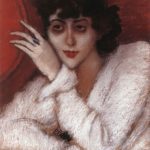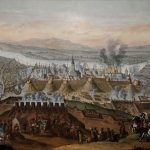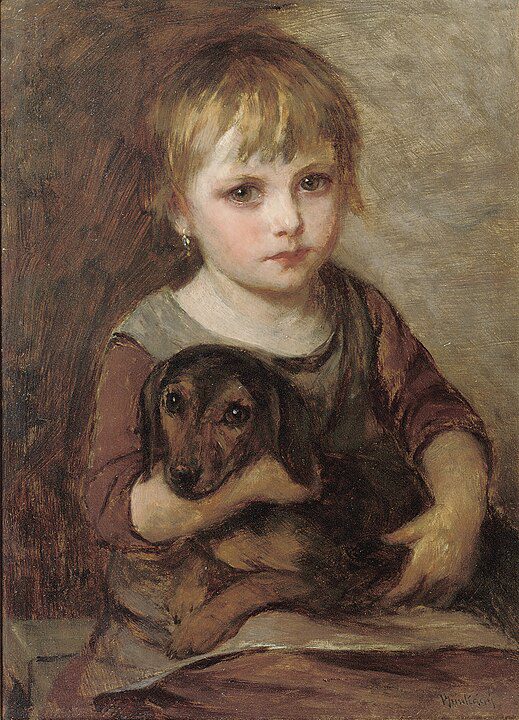
When we think of 19th-century Hungarian art (if we think of it at all), the name Munkácsy Mihály inevitably comes to mind. A towering figure in the realm of realism, his works not only captured the essence of Hungarian life but also garnered international acclaim. This article delves into the life, work, and legacy of Munkácsy Mihály, exploring how his unique perspective and unparalleled talent left an indelible mark on the art world.
Early Life and Artistic Beginnings
Mihály Munkácsy, born Mihály Lieb on February 20, 1844, in Munkács, Hungary (now Mukachevo, Ukraine), had a childhood marked by hardship and loss. Orphaned at an early age, he was raised by relatives under financially strained conditions. These early experiences would later influence the themes of struggle and human suffering evident in his works.
Despite these challenges, Munkácsy showed an early aptitude for drawing. His talent caught the attention of local patrons who supported his initial studies. He began his formal training in Budapest and continued in Vienna and Munich, absorbing influences from different art movements and honing his craft.
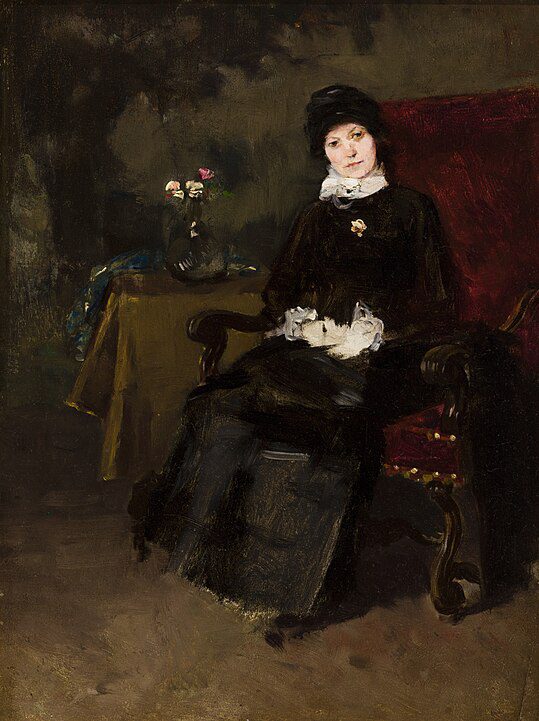
Munkácsy’s early works were deeply influenced by the academic traditions of the time. However, he soon began to develop a distinctive style characterized by meticulous attention to detail and profound emotional depth. One of his earliest notable works, “The Last Day of a Condemned Man” (1869), reveals his fascination with dramatic, human-centric narratives. This painting, depicting the somber final moments of a prisoner, showcased Munkácsy’s ability to convey intense emotion and set the stage for his future successes.
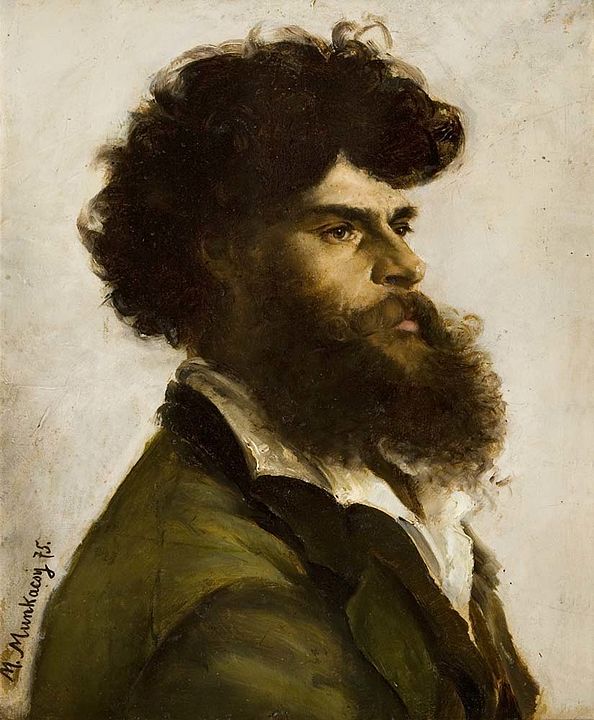
“The Last Day of a Condemned Man” marked Munkácsy’s breakthrough into the European art scene. Exhibited at the Paris Salon in 1870, it won the gold medal, bringing him critical acclaim and establishing his reputation as a master of realism. The painting’s dark tones, stark realism, and poignant subject matter captivated audiences and critics alike.
The Paris Years and Major Works
After his initial success, Munkácsy moved to Paris, the epicenter of the art world. Here, he found both inspiration and recognition. The Parisian art scene was vibrant and competitive, and Munkácsy thrived in this stimulating environment. He developed friendships with other artists and intellectuals, including Edgar Degas and Édouard Manet, who influenced his work and broadened his artistic horizons.
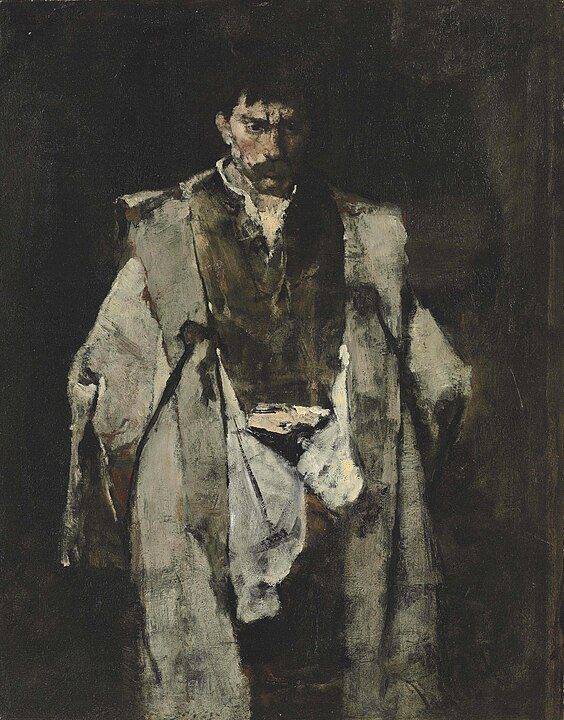
In Paris, Munkácsy created some of his most famous works. One of the highlights of his career was the painting “Milton” (1878). This grand composition, depicting the blind poet John Milton dictating “Paradise Lost” to his daughters, demonstrated Munkácsy’s mastery of large-scale, narrative-driven art. The painting was celebrated for its composition, dramatic lighting, and the way it conveyed both the grandeur and intimacy of the scene.
Perhaps Munkácsy’s most ambitious project was his “Christ Trilogy,” comprising three monumental paintings: “Christ in Front of Pilate” (1881), “Golgotha” (1884), and “Ecce Homo” (1896). These works depict key moments from the Passion of Christ, blending meticulous historical detail with emotional intensity.
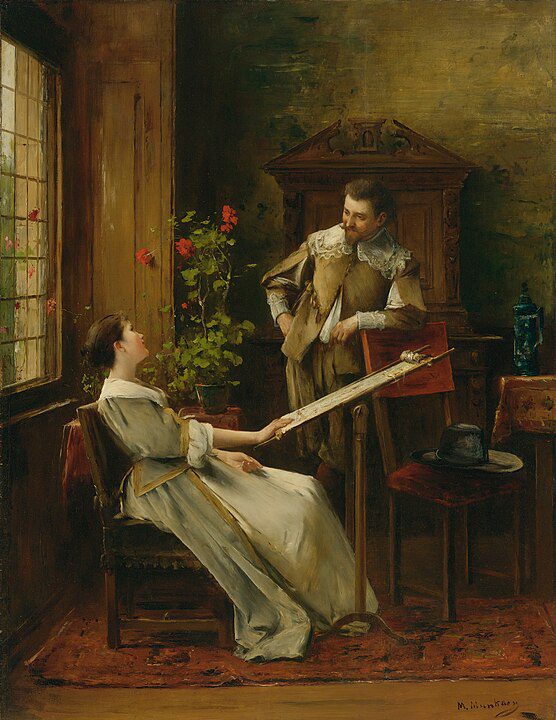
“Christ in Front of Pilate” captures the moment when Jesus stands before Pontius Pilate, accused and facing judgment. Munkácsy’s use of light and shadow emphasizes the tension and drama of the scene, highlighting the psychological complexity of the characters.
Depicting the crucifixion, “Golgotha” is notable for its stark realism and emotional power. The suffering of Christ and the reactions of the surrounding figures are rendered with a raw intensity that is both moving and unsettling.
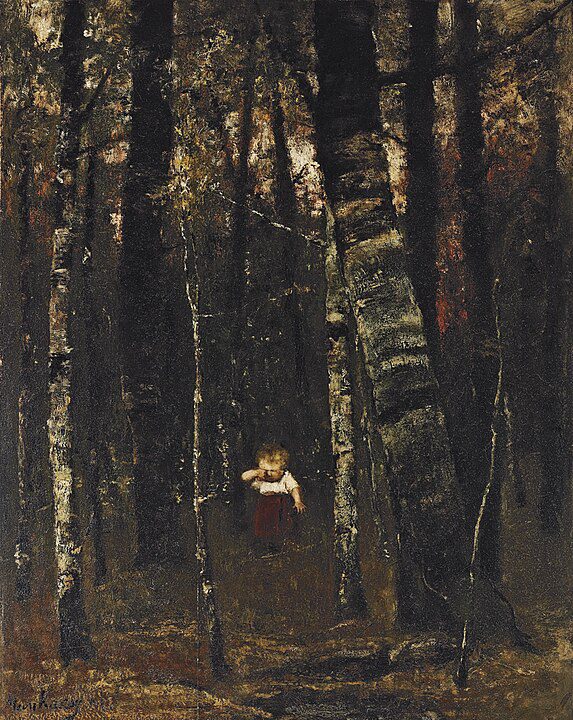
The final piece of the trilogy, “Ecce Homo,” shows Pilate presenting Jesus to the crowd, who demand his crucifixion. This painting, completed towards the end of Munkácsy’s career, reflects his deepening emotional and psychological engagement with his subjects.
The “Christ Trilogy” was widely acclaimed and solidified Munkácsy’s reputation as a master of religious and historical painting. These works were exhibited across Europe and the United States, attracting large audiences and critical praise.
Later Works and Legacy
As Munkácsy’s career progressed, his style evolved. While he remained committed to realism, his later works began to show a greater emphasis on color and light, influenced by the Impressionists and other contemporary movements. This period of his work includes a series of landscapes and genre scenes that, while less dramatic than his earlier works, display a refined sensitivity to the subtleties of light and atmosphere.
One of Munkácsy’s celebrated later works is “Dusty Road” (1884), a serene depiction of rural life. This painting, with its warm palette and tranquil composition, contrasts sharply with the intense emotional dramas of his earlier works. It demonstrates Munkácsy’s versatility and his ability to capture the quiet beauty of everyday scenes.
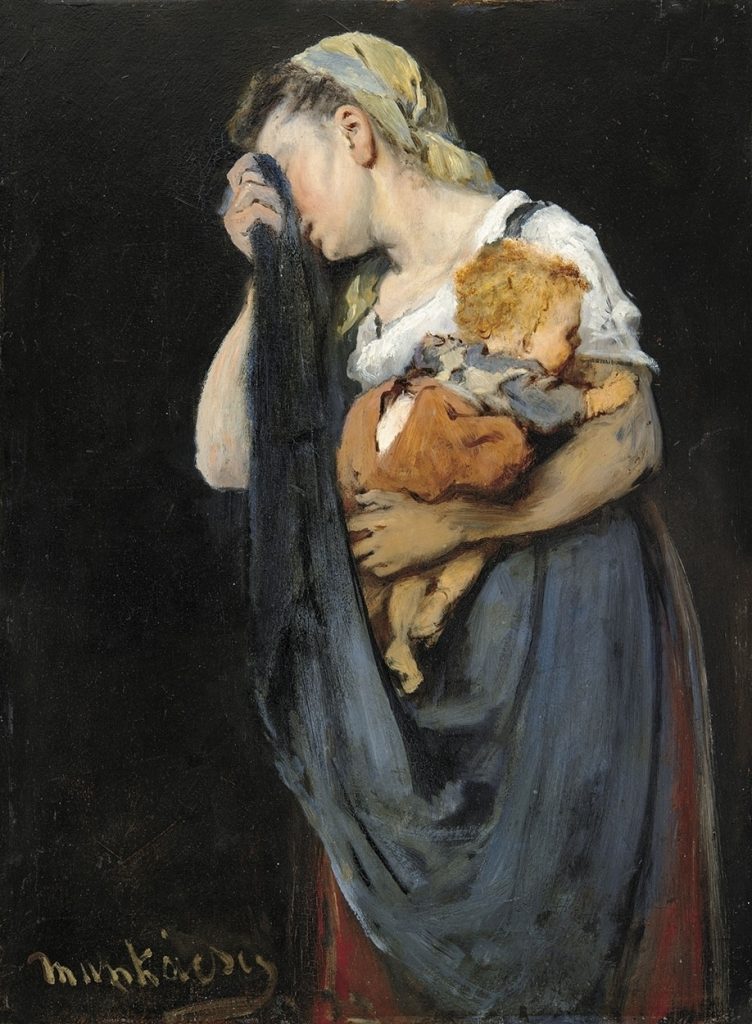
Munkácsy’s influence extended beyond his own work. He played a significant role in the development of Hungarian art, mentoring younger artists and promoting the cultural identity of his homeland. His success abroad brought attention to Hungarian art and helped pave the way for future generations of artists.
Mihály Munkácsy passed away on May 1, 1900, in Endenich, Germany. Despite suffering from a debilitating mental illness in his later years, his legacy as a master of realism and a key figure in Hungarian art history remains undisputed. His works continue to be celebrated for their emotional depth, technical mastery, and their ability to capture the human condition.
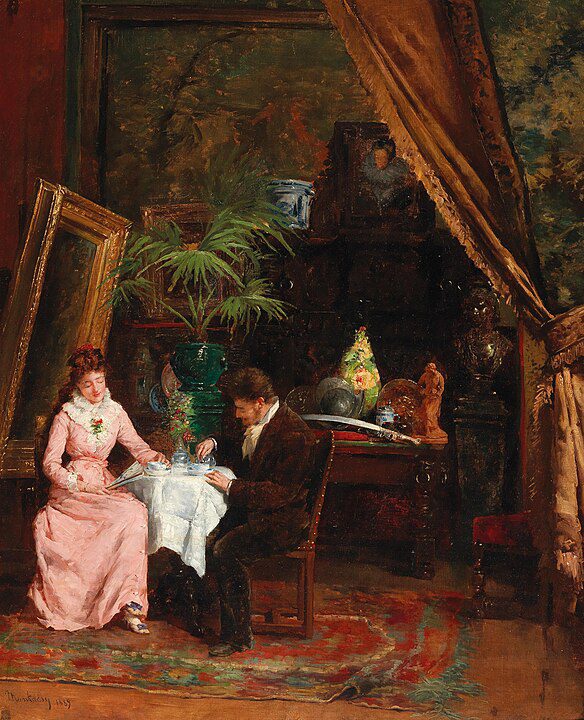
Reflecting on Munkácsy’s life and career, one cannot help but admire his resilience and dedication to his craft. From his humble beginnings to his rise as an internationally acclaimed artist, Munkácsy’s journey is a testament to the power of art to transcend personal and cultural boundaries. His paintings, rich with narrative and emotion, continue to resonate with audiences, reminding us of the timeless nature of his artistic vision.
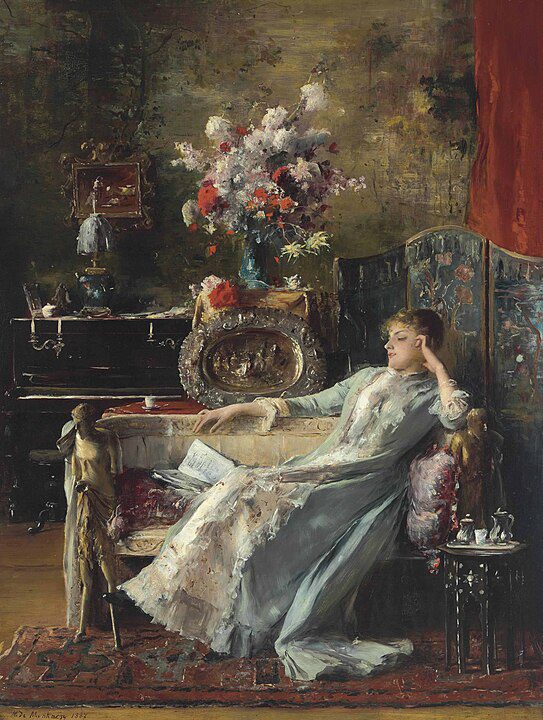
In the world of art, where trends and styles come and go, Munkácsy Mihály’s work stands as a beacon of the enduring power of realism. His ability to capture the essence of his subjects, to convey deep emotional truths, and to create works of profound beauty ensures that his place in art history is secure. As we look back on his legacy, we are reminded of the transformative power of art and the remarkable talent of a man who, despite all odds, became one of Hungary’s greatest artists.


